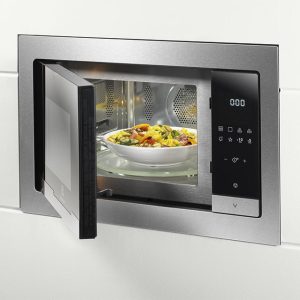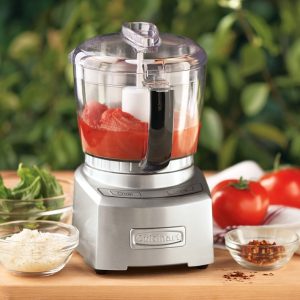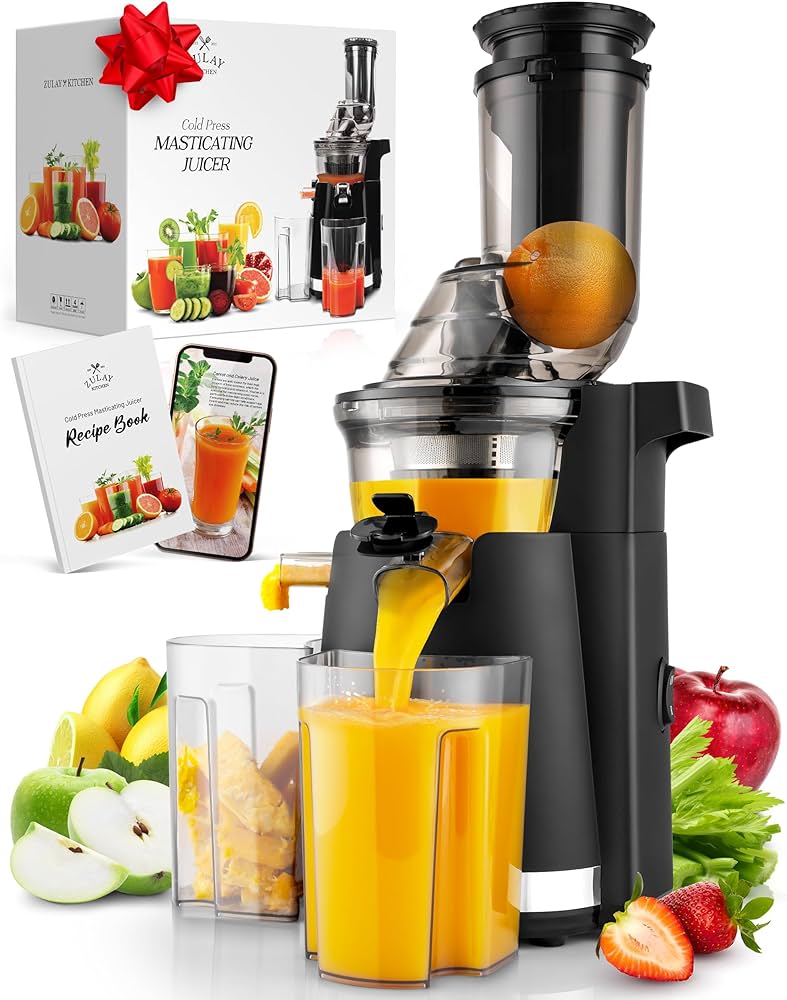
Introduction
When it comes to juicing, selecting the right juicer is crucial to achieve the desired results. Two popular types of juicers are the centrifugal juicer and the masticating juicer. Each utilizes a distinct method of juice extraction, resulting in different characteristics in terms of efficiency, juice quality, and functionality. In this comprehensive guide, we will explore the differences between centrifugal and masticating juicers. From their working principles to the pros and cons, we will delve into the specifics of these juicers and help you make an informed decision.
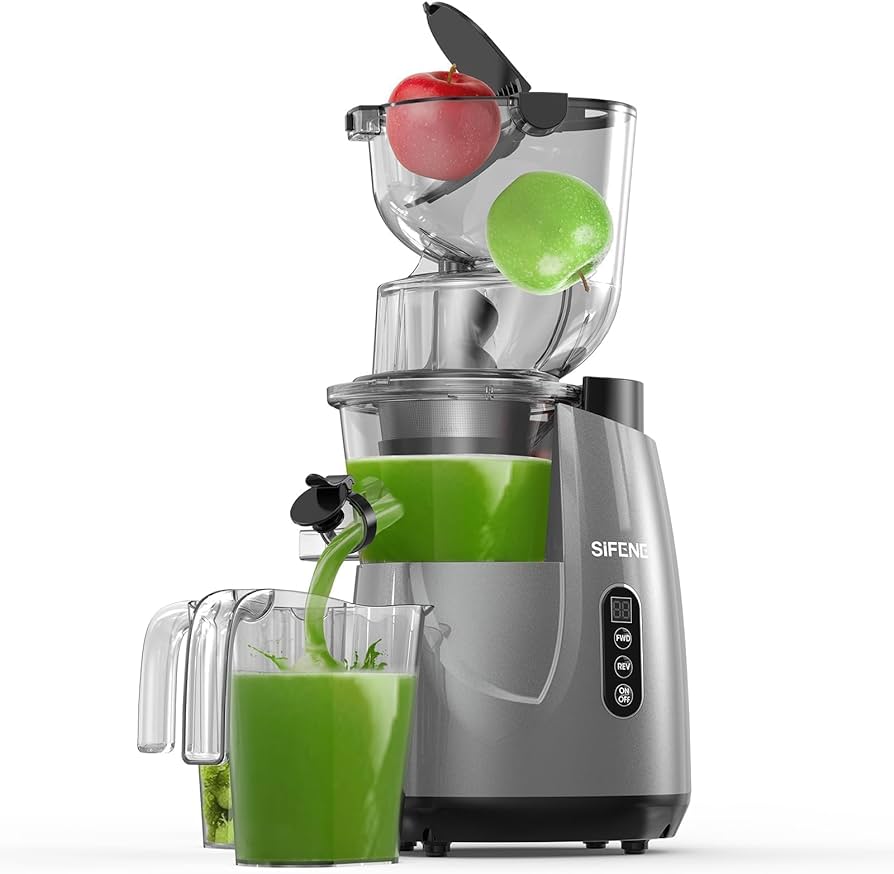
Centrifugal vs. Masticating Juicer: Exploring the Differences in Juice Extraction Methods
I. Centrifugal Juicer: Speedy Extraction
-
Working Principle:
- A centrifugal juicer operates by utilizing a high-speed spinning blade that chops the fruits and vegetables into smaller pieces. The centrifugal force generated during the spinning process separates the juice from the pulp. The juice is then collected in a separate container, while the pulp is expelled into a different compartment.
-
Rapid Juice Extraction:
- Centrifugal juicers are known for their speed. The high-speed spinning blade quickly breaks down the produce, allowing for fast juice extraction. This makes them a convenient option for those who are always on the go and don’t have much time to spare.
-
Efficient for Hard Fruits and Vegetables:
- Centrifugal juicers excel in extracting juice from hard fruits and vegetables, such as apples, carrots, and beets. Their powerful blades make quick work of these firm ingredients, producing a relatively high yield of juice.
-
Larger Feed Chute:
- Centrifugal juicers often feature a larger feed chute, allowing you to process whole or large pieces of fruits and vegetables without much pre-cutting. This feature saves preparation time and effort.

II. Masticating Juicer: Slow and Steady Extraction
-
Working Principle:
- Masticating juicers, also known as slow juicers or cold press juicers, operate by using an auger or a single gear that slowly chews and crushes the produce to extract juice. The auger crushes the ingredients against a mesh screen, separating the juice from the pulp. The juice drips into a container, while the pulp is expelled through a separate outlet.
-
Slow and Methodical Extraction:
- Unlike centrifugal juicers, masticating juicers work at lower speeds, typically ranging from 40 to 100 revolutions per minute (RPM). This slow and deliberate extraction process minimizes heat and oxidation, preserving the nutrients and enzymes in the juice and resulting in a higher quality end product.
-
Efficient for Leafy Greens and Soft Fruits:
- Masticating juicers excel in extracting juice from leafy greens, such as spinach, kale, and wheatgrass, as well as soft fruits like berries and oranges. The slow grinding and chewing action effectively extracts the maximum amount of juice from these delicate ingredients.
-
Versatility in Food Processing:
- Masticating juicers often come with additional attachments, including a homogenizing function and the ability to make nut butter or sorbets. This versatility allows you to use the juicer for various culinary tasks beyond juice extraction.

III. Juice Quality and Nutrient Retention
-
Oxidation and Heat Sensitivity:
- Centrifugal juicers operate at high speeds, leading to increased heat and exposure to oxygen during the juicing process. This can result in greater oxidation and potential nutrient loss in the juice, as heat-sensitive enzymes and antioxidants may be compromised.
-
Nutrient Preservation:
- Masticating juicers excel in preserving the nutritional value of the juice. The slow extraction method reduces heat generation and minimizes oxidation, helping to retain more of the vitamins, minerals, and enzymes present in the produce.
-
Longer Shelf Life:
- Due to the lower oxidation and heat exposure, juices extracted with a masticating juicer tend to have a longer shelf life compared to those extracted with a centrifugal juicer. This is particularly beneficial if you prefer to make juice in larger quantities for storing.
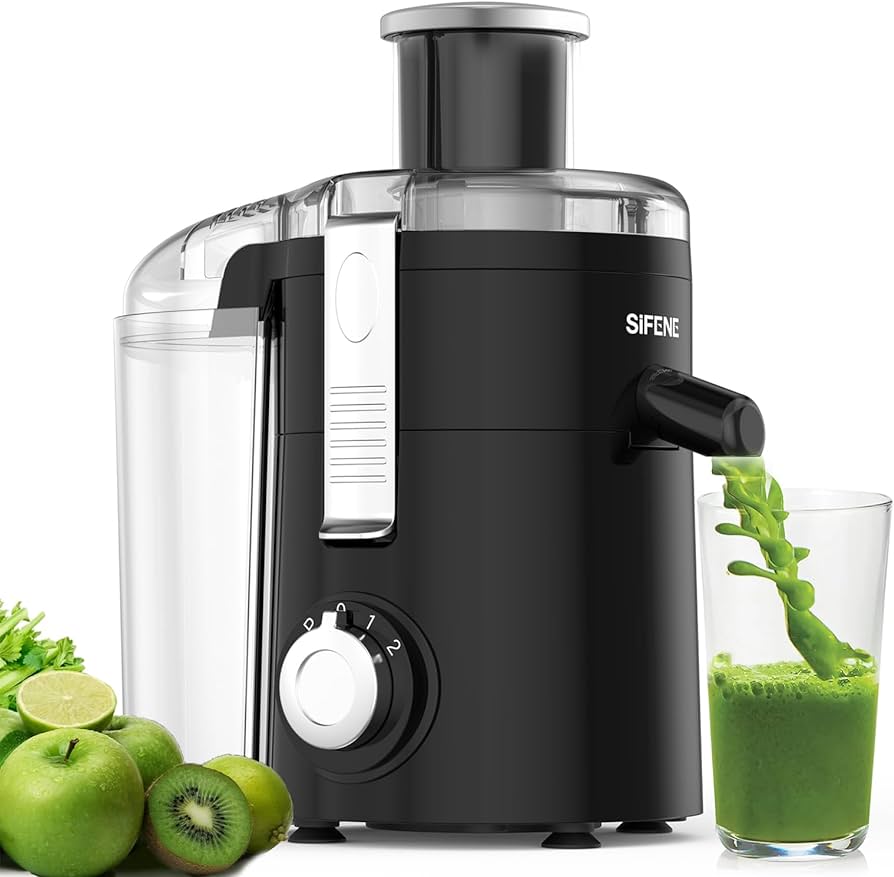
IV. Juice Yield and Pulp Texture
-
Juice Yield:
- Centrifugal juicers are known for their quick juice extraction and higher juice yield, especially when it comes to hard fruits and vegetables. The high-speed blades efficiently separate the juice, resulting in a greater volume of juice.
-
Pulp Texture:
- Centrifugal juicers produce a wetter pulp compared to masticating juicers. This is because the high-speed spinning action tends to retain more moisture within the pulp. If you prefer a drier pulp, a masticating juicer may be a better choice.
-
Fine Pulp Texture:
- Masticating juicers excel in producing a drier and finer pulp. The slow and thorough grinding action ensures maximum juice extraction and leaves behind a pulp that is relatively free of moisture and larger pieces of fiber.
V. Noise Level and Ease of Cleaning
-
Noise Level:
- Centrifugal juicers, with their high-speed spinning blades, tend to be louder compared to masticating juicers. The rapid spinning motion generates more noise during operation.
-
Cleaning Process:
- Centrifugal juicers are generally easier and quicker to clean due to their simpler design. However, they may have more parts to clean, such as the blade, pulp container, and mesh filter. On the other hand, masticating juicers have a more complex structure, requiring more time and effort for disassembly and cleaning. However, they often come with specific cleaning brushes to assist in the process.

VI. Conclusion: Choosing the Right Juicer for Your Needs
Choosing between a centrifugal juicer and a masticating juicer depends on your personal preferences, lifestyle, and juicing goals. Consider the following factors when making your decision:
-
Speed and Efficiency:
- If you prioritize speed, convenience, and the ability to process hard fruits and vegetables quickly, a centrifugal juicer may be the ideal choice.
-
Nutrient Preservation and Juice Quality:
- If you aim for maximum nutrient retention, juice quality, and the ability to process leafy greens and soft fruits effectively, a masticating juicer is recommended.
-
Versatility:
- If you enjoy experimenting with different culinary tasks, such as making nut butter or sorbets, a masticating juicer’s versatility may be appealing.
-
Noise Level and Cleaning Process:
- If noise level and ease of cleaning are important factors for you, consider whether you prefer the simplicity of cleaning a centrifugal juicer or don’t mind spending extra time cleaning a masticating juicer.
Remember, both types of juicers have their strengths and weaknesses, and ultimately, the choice depends on your individual needs and preferences. By understanding the differences between centrifugal and masticating juicers, you can make an informed decision and embark on your juicing journey with confidence.
